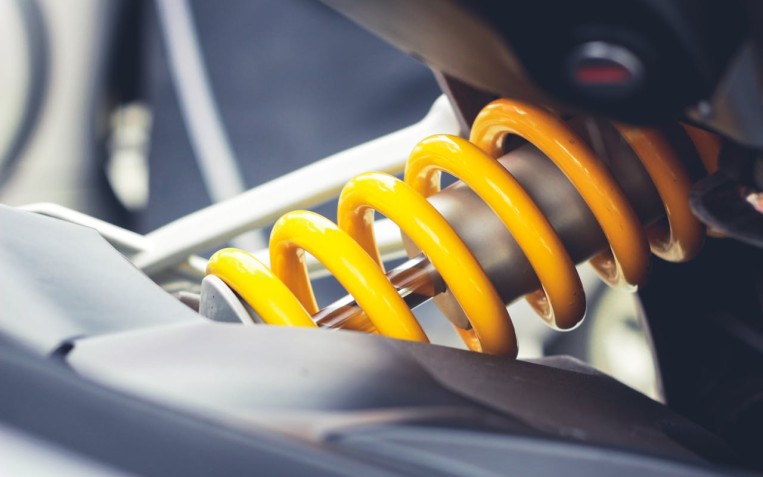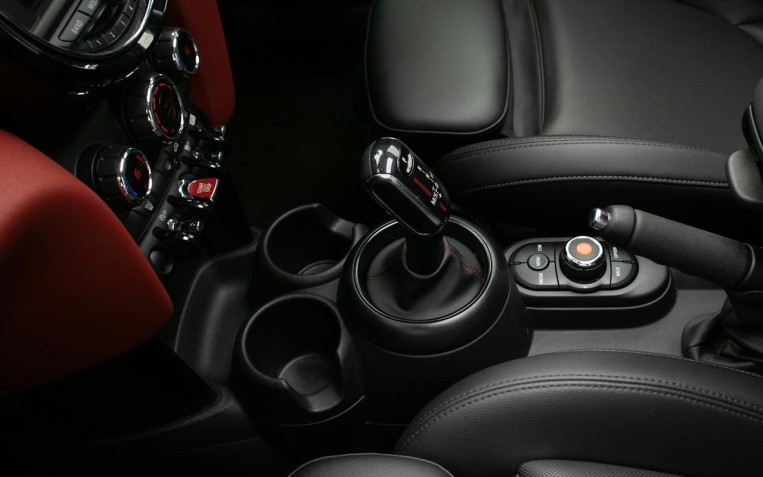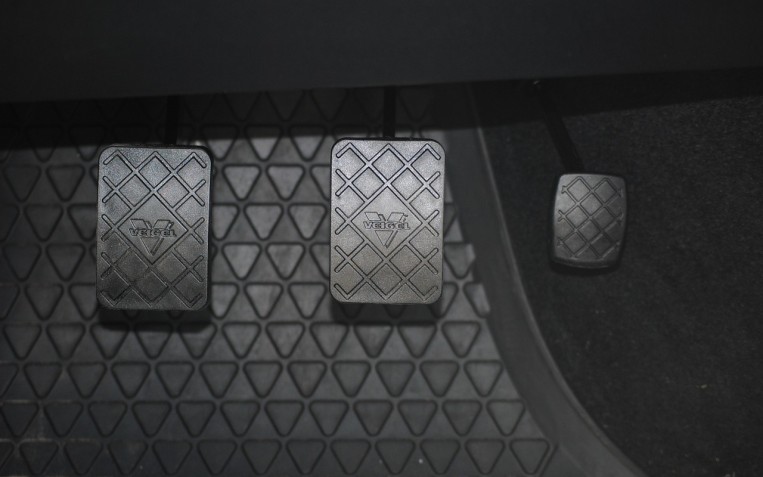What can cause excessive or uneven tyre wear

Wear on your tyres is normal - however, if the tyre wear becomes uneven or excessive, this could suggest there are other problems with your vehicle. So what can cause excessive or uneven tyre wear? Learn the do's and don'ts of tyre wear, as well as how your wheel alignment, driving style and tyre pressure can impact your tyre wear.
What can cause uneven tyre wear?
There's no hard-set rule about how and when your vehicle'?'s tyres will experience wearing. This often depends on the type of tyre, but also the driving style of the vehicle owner. However, there are some uneven tyre wear causes to watch out for:
Improper inflation pressure
This involves ensuring that your tyres are inflated to the correct pressure is important to your tyre's life, and also to your safety on-road:
- Over inflation - this can cause wear to the middle section of the tyre as the contact between the road and the tyre is directed solely to the middle of the tyre due to over inflation.
- Under inflation - if your tyre is under-inflated, this means the outsides of the tyres are likely to wear. This is because the tyre is not inflated to its recommended pressure and the outsides of the tyres dip to meet the road.
- Correct inflation - the correct pressure for your tyre will be labelled in your vehicle handbook. In new vehicles, the tyre pressure for each tyre will often be on the driver's side of the door.
Wheel alignment
If your wheels are not aligned correctly, there's a high chance this will have an impact on your tyre's wear. This refers to when the angles of your tyres are not positioned correctly to the contact with the road in accordance with the vehicle manufacture's specifications.
Signs your wheels are not aligned correctly include:
- Dragging or pulling to one side - if you keep your steering wheel straight and your car pulls to one side, this could mean your wheels are not aligned correctly.
- Steering wheel vibration - in some vehicles, the steering wheel can vibrate indicating wheel alignment is incorrect.
- Visible tyre wear - when looking at your tyres, you may be able to see visible wear from badly aligned wheels.
Driving style
It's important to remember that individual driving style can cause tyre wear to occur. To minimise your tyre's wear, ensure to avoid:
- Driving over potholes in the road - sometimes unavoidable, but continual driving over potholes can set your wheels out of alignment which will affect your tyre wear.
- Hitting kerbs - that accidental knock over the kerb can cause problems with your wheels and tyres, so try to avoid it when possible.
- Sharp turns and reckless driving - steering your car around corners without really slowing down can put added pressure onto your tyres and create tyre wear.
If you need your tyre tread or tyre pressure checking, or need any information at all about uneven tyre wear, your local PTA Garage can help. Alternatively, browse our selection of tyres to buy online.
Related Content

Should I have soft or stiff suspension springs for my vehicle?
Suspension springs are essential for maintaining your vehicle’s stability and ride height. Over time, the springs will succumb to wear and tear, which affects how your car handles, brakes and accelerates on the road. Discover whether you should...

What is engine braking?
Engine braking involves taking your foot off the accelerator pedal, allowing your car to slow down. Over time, the parts on your vehicle’s braki...

A guide to the different types of car clutches
The clutch is responsible for channelling the power from the engine, through to the gearbox, and the wheels. Your vehicle's clutch will differ dependi...

